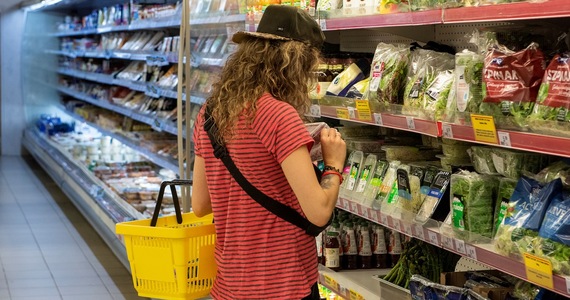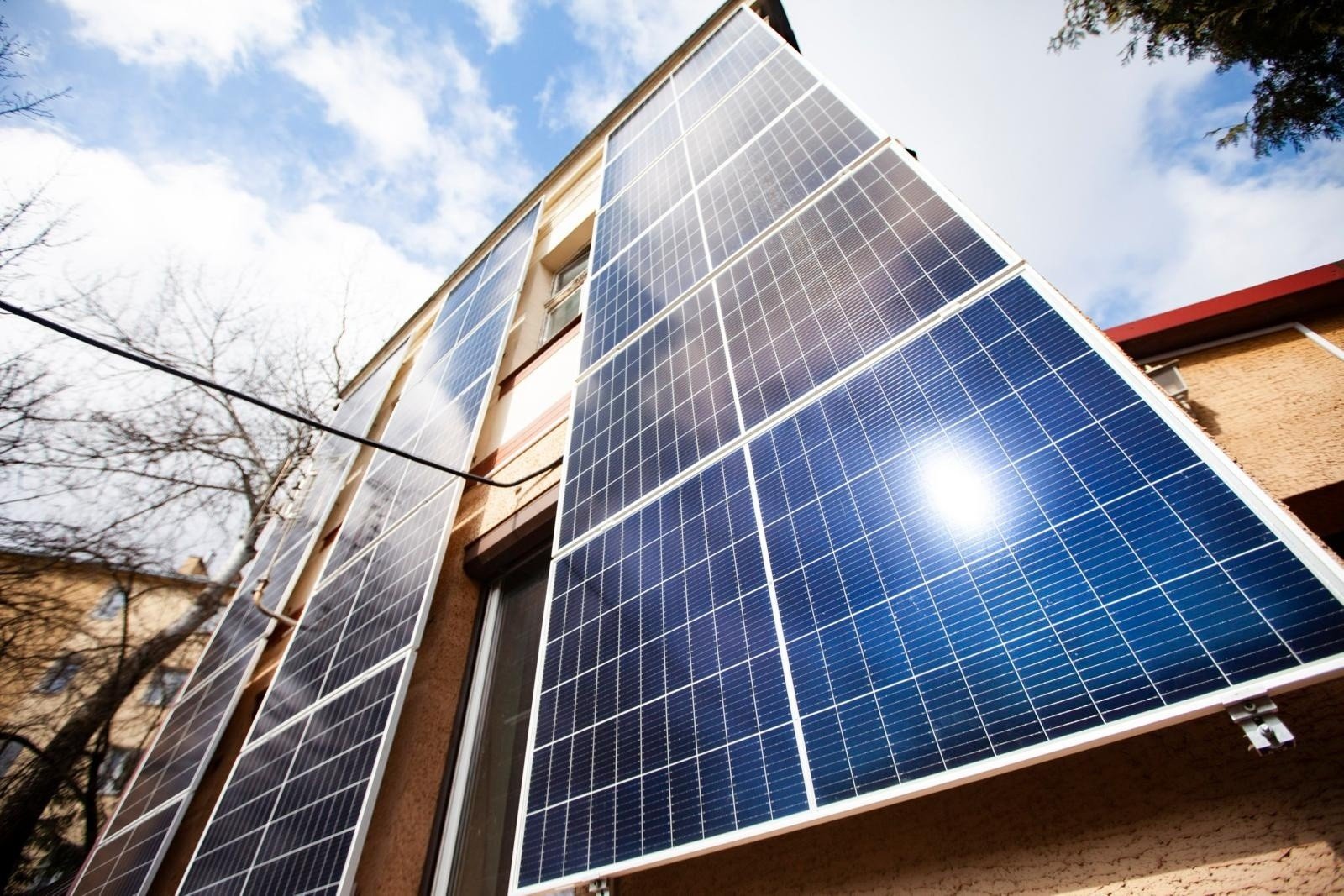Thanks to the periodic report “Index of Prices in Retail Stores” by UCE RESEARCH, Hiper-Com Poland and AdRetail Group, you can find out what Poles pay the most in stores. Analysts compared 12 categories, 45 specific products, 200 brands, and nearly 38,000. Prices. The research covered discount stores, hypermarkets, supermarkets, convenience, cash and carry chains operating in 16 provinces. Thus, the report shows that the prices of 7 categories rose in September of this year. Compared to the same period last year, and 5 – it became cheaper. Prices for fatty products rose the most – by 40.2 percent, and in this case, the price of oil rose more than others – by 58.8 percent.
The price hike is the result of record inflation. We can observe a similar one two decades ago. In addition, fuel costs more and more. The entire process of production, transportation and storage is more expensive, so this is reflected in the final price – says Katarzyna Grochowska of Hiper-Com Poland.
According to Karol Kamiński of the AdRetail Group Research Center, co-author of the study, the increase in fat products is largely due to vegetable oils of vegetable origin that are more expensive on global markets. In addition, the producers themselves predict that by the end of the year, this type of product may become more expensive by up to 8-10 percent. These trends are now observed all over the world, and Poland is not separate from such forecasts.
– Recently, the prices of many food products have risen, mainly due to the high prices of agricultural commodities in the world. In September, the FAO Food Price Index was 130 and approached 33 percent. higher on an annual basis. This increase is mainly due to the increase in the prices of vegetable oils in the world – by 61 percent. On an annual basis – Comments by Dr. Magdalena Kowalewska, Senior Analyst in the Food and Agriculture Sector at BNP Paribas.
The analysis also shows that meat prices have risen significantly – by 32.6 percent. But within this category, you can already see a diverse situation. Pork fell 9.1 percent, and beef rose 18.6 percent. According to Karol Kaminski, the overall price increase in this category may be partly a result of a decrease in meat consumption by the Poles. Producers, seeing this, try to compensate themselves for their losses and ultimately demand more and more. According to the expert, the fourth quarter of this year. The worst will be in terms of these increases. The main reason for this is that the industry is anticipating another hike in beef prices again.
The increases in pork prices are caused by the strong decline in the prices of live pigs in Poland and in the European Union as a whole. In September, according to the data of the Ministry of Agriculture and Rural Development, pork was purchased in our country at an average of 4.23 PLN / kg, i.e. 6%. less per year. This is mainly due to the decrease in the average prices in the EU, which in turn was the result of an increase in the supply of livestock in the EU market and a decrease in purchases of EU pork products from China. Live cattle purchase prices have risen to record levels. This is related to the recovery on the demand side, and at the same time limited slaughter in Poland and the European Union. There is a particular shortage of live meat breeds – Analyzes of Dr. Kowaloska.
The third place in the list includes vegetables, which increased by 17.8%, and the largest increases in this category relate to cabbage – 52.7%, potatoes – 34%, onions – 22.6%, tomatoes – 21.7%. Expert from Hiper-Com Poland confirms that in this case we have been observing the high prices for a long time. This can also be seen without rising inflation or rising fuel prices. Climate change, mild winters and frequent droughts and floods make farming difficult for farmers. This translates to poor harvests leading to higher prices.
– Predicting this category will be more difficult. Some factors are not affected by the farmers themselves. On the one hand, inflation is raging, and on the other – we are seeing increases in fuel prices, labor costs and other raw materials. Added to this is the climatic factor, which includes all kinds of weather anomalies. On the other hand, it is interesting that in the analyzed period, vegetables grew on average by about 18%, but fruits actually decreased by less than 4%. The study co-author confirms from AdRetail Group.
We also know from the report that the price of steroids has gone up – by 3.3 percent. (black tea 500 grams – 19.4%) and dairy products – 3%. (eggs – 29.1%), food additives – 2.5%. (mustard – 3.1%), bread – 0.3%. (Bread rolls – 7.3 percent). On the other hand, drops are more noticeable in the case of bulk products, which are 5.1% cheaper. The prices of the other four categories also decreased, some – by 4.2 percent, fruits – 3.8 percent, beverages – 2.6 percent, and household chemicals – 0.7 percent.
INTERIA.PL Business on Twitter. Join us and read the economic news
Customers definitely need to prepare for increases, and this is practical for the majority of food products. Grain purchase prices indicate that it will become more expensive. In addition, we are expected to pay more for energy next year, which is a factor that drives inflation significantly. The biggest differences can be seen in convenience stores – Karol Kaminsky summarizes.

Echo Richards embodies a personality that is a delightful contradiction: a humble musicaholic who never brags about her expansive knowledge of both classic and contemporary tunes. Infuriatingly modest, one would never know from a mere conversation how deeply entrenched she is in the world of music. This passion seamlessly translates into her problem-solving skills, with Echo often drawing inspiration from melodies and rhythms. A voracious reader, she dives deep into literature, using stories to influence her own hardcore writing. Her spirited advocacy for alcohol isn’t about mere indulgence, but about celebrating life’s poignant moments.










